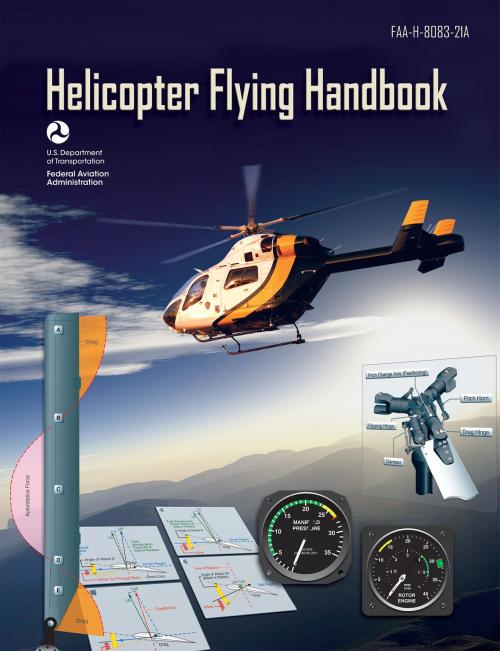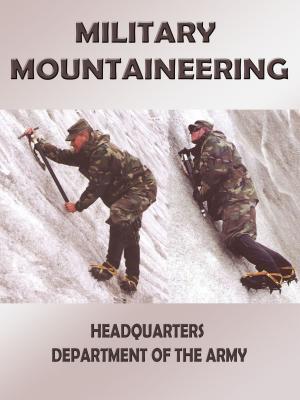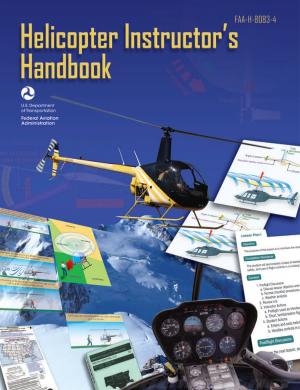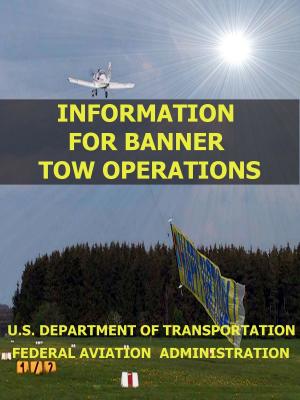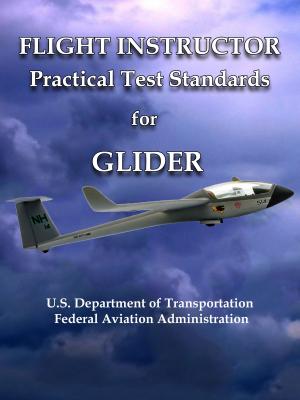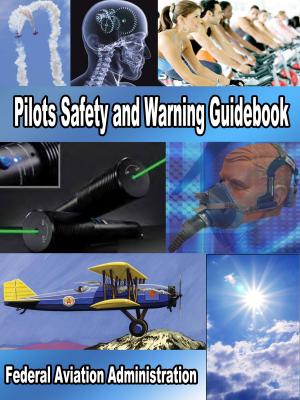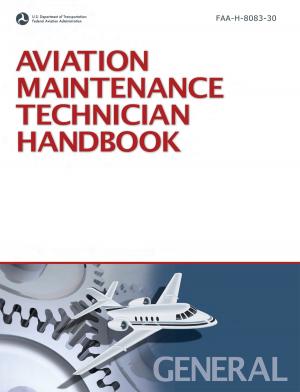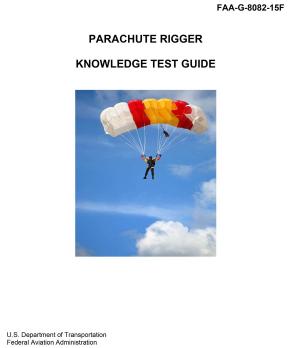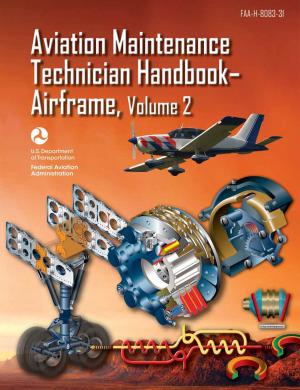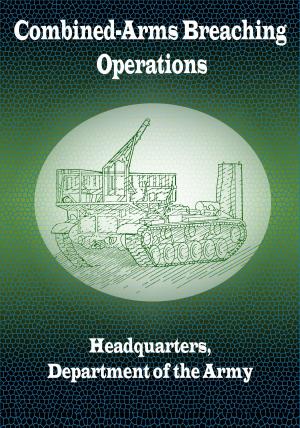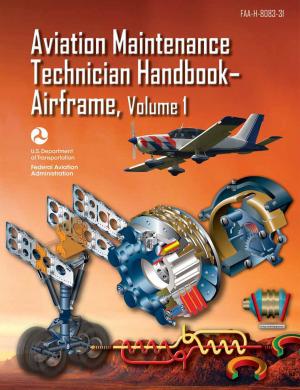Helicopter Flying Handbook (2012 revision)
Nonfiction, Reference & Language, Reference, Guides & Handbooks, Study Aids| Author: | FAA | ISBN: | 9781625080059 |
| Publisher: | Mepcount Media, LLC | Publication: | March 11, 2014 |
| Imprint: | Language: | English |
| Author: | FAA |
| ISBN: | 9781625080059 |
| Publisher: | Mepcount Media, LLC |
| Publication: | March 11, 2014 |
| Imprint: | |
| Language: | English |
The Helicopter Flying Handbook is designed as a technical manual for applicants who are preparing for their private, commercial, or flight instructor pilot certificates with a helicopter class rating. Certificated flight instructors may find this handbook a valuable training aid, since detailed coverage of aerodynamics, flight controls, systems, performance, flight maneuvers, emergencies, and aeronautical decision-making is included.
This book includes the following topics:
Introduction to the Helicopter
Aerodynamics of Flight
Helicopter Flight Controls
Helicopter Components, Sections, and Systems
Rotorcraft Flight Manual
Weight and Balance
Helicopter Performance
Ground Procedures and Flight Preparations
Basic Flight Maneuvers
Advanced Flight Maneuvers
Helicopter Emergencies and Hazards
Attitude Instrument Flying
Night Operations
Effective Aeronautical Decision-Making
The Federal Aviation Administration (FAA) is an agency of the United States Department of Transportation with authority to regulate and oversee all aspects of civil aviation in the U.S. (National Airworthiness Authority). The Federal Aviation Act of 1958 created the group under the name "Federal Aviation Agency", and adopted its current name in 1967 when it became a part of the United States Department of Transportation. The Federal Aviation Administration's major roles include: Regulating U.S. commercial space transportation. Regulating air navigation facilities' geometry and Flight inspection standards. Encouraging and developing civil aeronautics, including new aviation technology. Issuing, suspending, or revoking pilot certificates. Regulating civil aviation to promote safety, especially through local offices called Flight Standards District Offices. Developing and operating a system of air traffic control and navigation for both civil and military aircraft. Researching and developing the National Airspace System and civil aeronautics. Developing and carrying out programs to control aircraft noise and other environmental effects of civil aviation.
The Helicopter Flying Handbook is designed as a technical manual for applicants who are preparing for their private, commercial, or flight instructor pilot certificates with a helicopter class rating. Certificated flight instructors may find this handbook a valuable training aid, since detailed coverage of aerodynamics, flight controls, systems, performance, flight maneuvers, emergencies, and aeronautical decision-making is included.
This book includes the following topics:
Introduction to the Helicopter
Aerodynamics of Flight
Helicopter Flight Controls
Helicopter Components, Sections, and Systems
Rotorcraft Flight Manual
Weight and Balance
Helicopter Performance
Ground Procedures and Flight Preparations
Basic Flight Maneuvers
Advanced Flight Maneuvers
Helicopter Emergencies and Hazards
Attitude Instrument Flying
Night Operations
Effective Aeronautical Decision-Making
The Federal Aviation Administration (FAA) is an agency of the United States Department of Transportation with authority to regulate and oversee all aspects of civil aviation in the U.S. (National Airworthiness Authority). The Federal Aviation Act of 1958 created the group under the name "Federal Aviation Agency", and adopted its current name in 1967 when it became a part of the United States Department of Transportation. The Federal Aviation Administration's major roles include: Regulating U.S. commercial space transportation. Regulating air navigation facilities' geometry and Flight inspection standards. Encouraging and developing civil aeronautics, including new aviation technology. Issuing, suspending, or revoking pilot certificates. Regulating civil aviation to promote safety, especially through local offices called Flight Standards District Offices. Developing and operating a system of air traffic control and navigation for both civil and military aircraft. Researching and developing the National Airspace System and civil aeronautics. Developing and carrying out programs to control aircraft noise and other environmental effects of civil aviation.
